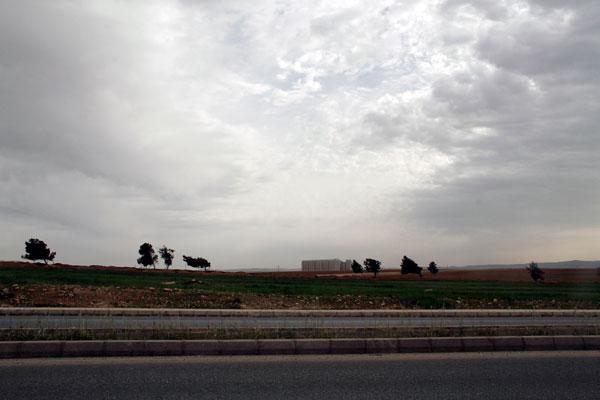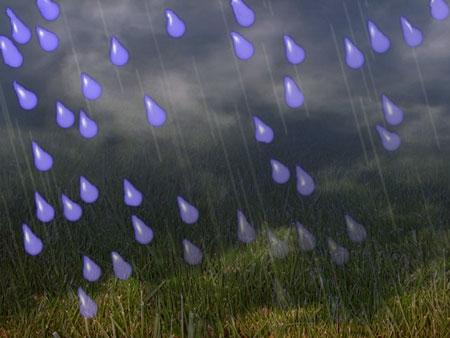You are here
Jordanian team learns artificial rainmaking in Thailand — JMD
By Mohammad Ghazal - Jul 30,2016 - Last updated at Jul 30,2016
AMMAN — The Jordan Meteorological Department (JMD) is preparing to deploy Thai technology to make artificial rain, JMD Director Mohammad Samawi said on Saturday.
“We have taken many steps towards the implementation of the experiment and these steps are in line with the memorandum of understanding signed between the two countries and the action plan in this regard,” Samawi told The Jordan Times.
The JMD sent a team of six meteorologists, a pilot and an engineer from the Royal Jordanian Air Force to participate in artificial rainmaking processes in Thailand, he said, noting that the visit was the third training session.
“Upon their return, they will be able to determine the appropriate weather in Jordan to conduct artificial rainmaking operations and specify the quantities of chemicals needed to be sprayed by the plane over the clouds, collect data and conduct all necessary measures,” Samawi explained.
Artificial rainfall entails attempting to induce or increase precipitation. According to the clouds’ different physical properties, this can be done using airplanes or rockets to sow the clouds with catalysts such as dry ice, silver iodide and salt powder to increase precipitation, according to web sources.
The artificial rainmaking process for the season 2016-2017 is a continuation of a national project to boost precipitation that is supported by the Royal Jordanian Air Force, the Ministry of Water and the Ministry of Agriculture.
Jordan and Thailand signed a memorandum of understanding on March 23 to benefit from the East Asian country’s experience in rainmaking technology.
Jordan tried making artificial rain on its own between 1989 and 1995, but the experiment failed as the airplane and equipment used for this purpose stopped functioning, and the project faced several challenges.
The Thai technology was developed in 1969 by King Bhumibol Adulyadej of Thailand who holds an international patent on the rainmaking method, which involves introducing certain chemicals in cloudy areas to “seed” the clouds with increased moisture that would eventually result in precipitation.
In 2009, Jordan received permission from Thailand to use the technique.
Already a victim to climate change, Jordan will witness a 15-60 per cent decrease in precipitation and a 1-4°C increase in temperatures, which will in turn have serious potential impacts on its natural ecosystems, river basins, watersheds and biodiversity, as the 2013-2020 Jordan Climate Change Policy has suggested.
Related Articles
AMMAN — Jordan will resume during this month its artificial rainmaking attempts to increase precipitation for the 2016-2017 wet season, a go
AMMAN — An airplane of the Royal Jordanian Air Force will disperse on Sunday cloud seeding agents over the King Talal Dam's catchment area a
AMMAN — Jordan's first experiment in artificial rainmaking is scheduled to take place during spring in the Jordan Valley over the catchment


















